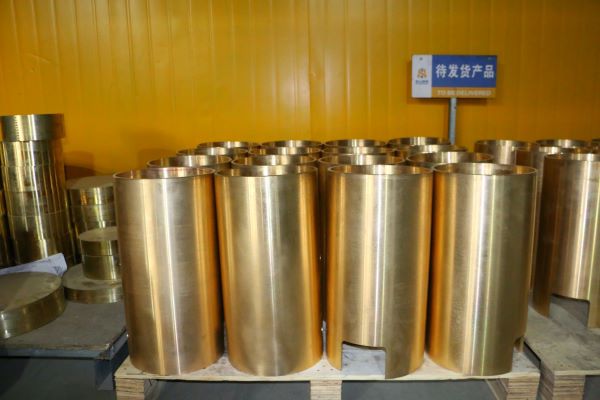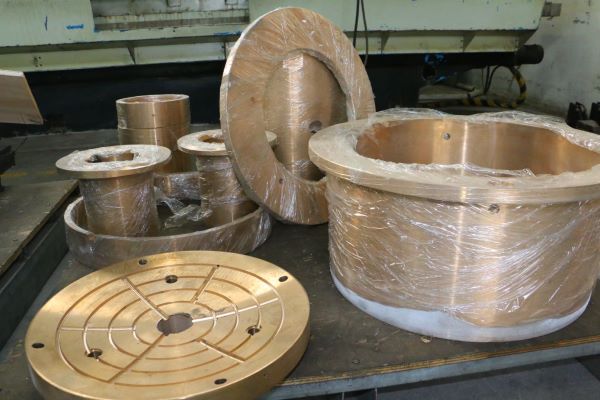 Mazhuang Village, Yuhe Town, Huixian City, Xinxiang City, Henan Province, China
Mazhuang Village, Yuhe Town, Huixian City, Xinxiang City, Henan Province, China
 Service Hotline +86 17630258963
Service Hotline +86 17630258963  Cell phone +86 17630258963
Cell phone +86 17630258963 Copper sleeves have a wide range of applications in various mechanical fields, and their quality is often closely related to casting methods. The following are several common casting methods.

Sand casting is a relatively traditional and commonly used method. It first makes a sand mold that matches the shape of the copper sleeve, pours the melted copper liquid into it, and takes out the copper sleeve after it cools and solidifies. This method has lower cost, relatively simple operation, and can adapt to the production of copper sleeves of various sizes and shapes. However, the surface quality of the castings may be slightly inferior, and subsequent polishing and other treatments are often required. Metal casting is also highly favored. Using permanent molds made of metal, copper liquid can quickly dissipate heat after injection, resulting in high production efficiency. Moreover, the cast copper sleeve has good dimensional accuracy, smooth surface, and relatively stable mechanical properties. However, it has high requirements for molds and high initial investment costs, making it suitable for mass production. Centrifugal casting also plays an important role in copper sleeve manufacturing. Injecting copper liquid into a rotating mold and relying on centrifugal force to evenly distribute it on the inner wall of the mold can make the copper sleeve structure dense, effectively avoiding defects such as shrinkage and porosity, especially suitable for manufacturing cylindrical copper sleeves, which can significantly improve their comprehensive performance.

Different casting methods have their own advantages and disadvantages, and it is necessary to choose them reasonably according to actual needs in production to ensure high-quality output of copper sleeves.
